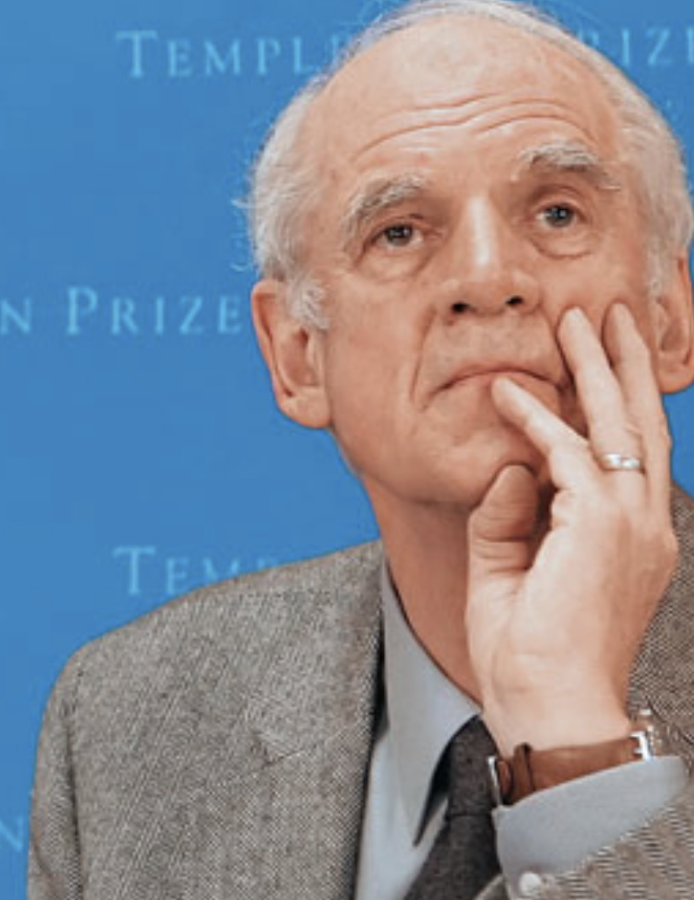Taylor’s Case for Moral Realism in Sources of the Self.
Charles Taylor’s argument for moral realism is five-fold: In terms of moral givens, he argues that certain perennial features of the self are present irrespective of culture or the way they are expressed or understood. He starts his analysis with the question of how humans operate as moral beings in their actual moral experiences, and how they reflect upon those experiences. So like Foucault, he is interested in praxis. Beginning with humans and the way they experience morality, he claims that the most plausible explanation of morality is one that takes seriously humans’ perception of the independence of goods. He does not want to substitute a philosophical abstraction for how people live and think.
Firstly, he argues for the ubiquity of moral intuitions and judgments in human experience. These are intuitions that transcend basic human desires for survival, sex, or self-realization. They are also referred to as second-order desires, strong evaluations or qualitative discriminations: each of these terms is used by Taylor. One notes the important reference to the quality of the will. This concept of second-order desires appeals to the ancient idea of the good, one which although interwoven with the self, transcends the self in significant ways.
Secondly, he argues that there is a need for a larger moral picture to facilitate the task of making sense of moral experience (debates, deliberations, decisions and actions). He calls this picture (map) a moral framework or horizon. Each framework is made up of several goods held together in a coherent relationship with one another, producing a moral worldview. The moral self is in a dialectical relationship with its framework; it is not a static set of conditions.
Thirdly, he recognizes that there is a key defining good within each moral framework, which he calls the hypergood. The hypergood is the highest good and operates a controlling influence over the other goods within the framework; it defines the overall character of the framework and thus is central to the discussion of the moral self.
Fourthly, Taylor recognizes a narrative and communal texture to the pursuit of the good in moral self-constitution. Humans interpret their lives in narrative and communal terms as they pursue moral goods. This narrative articulation helps the self to find a unity amidst the complexity of moral experience and a plurality of goods vying for one’s attention.
Fifthly, Taylor speaks of the sources of the moral, which he refers to as the constitutive good. The constitutive good (a category of moral motivation) gives meaning to and empowers, the hypergood and the other life goods within the moral framework. It provides the constitutive ground of the worth or value of the life goods, and allows the self to live the good life; this is a very significant dimension.
Moral identity is interwoven with the pursuit of the good in life in Taylor’s ontology. He discerns these five categories as givens, structural features that are common to the life of all morally healthy human beings. Taylor wants to problematize the occlusion or exclusion of such parameters, such qualitative distinctions for moral reasoning, because he believes that within the life of the self, there is a multiplicity of goods to be recognized, acted upon and pursued. Taylor emphasizes the importance of being circumspect about these goods. It is quite an ambitious and challenging proposal, a moral ontology of the self at its best, or most whole. It offers a useful framework for dialogue across differences of interpretation on moral self-constitution.
Qualities of a Strong Identity for Philosopher Charles Taylor Humans at their best, their fullest, richest linguistic and social capacity
- Their words and actions cohere-integrity.
- They pursue what is of top significance without deviation. They pursue wholeness and unity of motives, not confusion, brokenness, and fragmentation.
- They overcome dispersal, contradiction, or self-stifling: temptations to reduce themselves to something less or lower (the race to the bottom).
- The results of this pursuit involve them in seeing better, believing better, loving better, and living a more wholistic life. We respect our future self by taking our present self more seriously through more responsible behaviour. Never forget that we are always situated in moral space, on a moral journey, we are thoroughly moral creatures. Morality is intimately entwined with identity, narrative, community, and spirituality.

Leave a comment